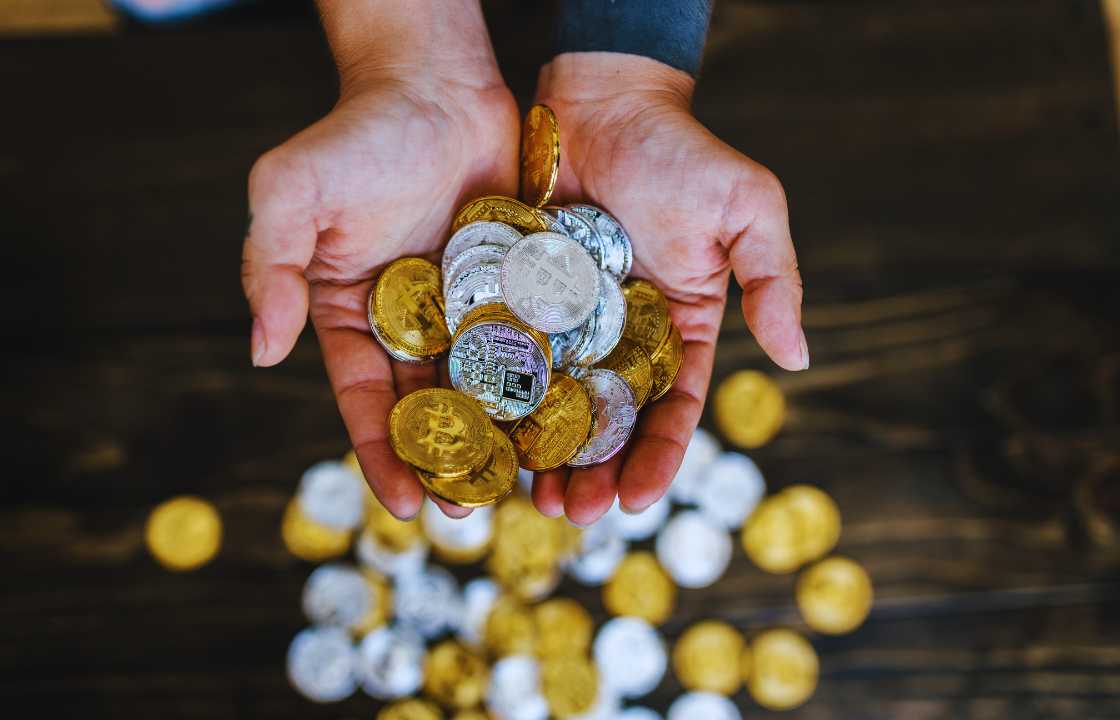A deep dive into the complications and deceptive tactics within the crypto sphere, accentuated by the necessity of a consolidated standard for more secure social token production.
The cryptocurrency domain has seen an upswing in the birth of community coins, often bearing prominent labels like Elon Musk, Tesla, and Andrew Tate, or even meme-associated terms like Pepe. Regrettably, these coins usually hold no authentic links to the individuals or organizations they imply, spawning potential misapprehensions and dubious investments. Despite the difficulty in mitigating the generation of such tokens, protective measures exist that can safeguard users from falling victim to these questionable offerings.
Deciphering the Challenge
The open secret that a token can be forged within mere minutes—courtesy of the readily available resources and tutorials on platforms like YouTube—cannot be overstated.
This easy access has fueled the explosive growth of meme coins and speculative tokens. This trend predominantly captivates a particular user demographic, primarily those focused on speedy profits over a deeper understanding of the technical nuances of cryptocurrencies. The scarcity of knowledge concerning the simplicity of creating these tokens underscores the vital need for users to appreciate the potential risks involved.
Certain recurring elements often pose long-term issues for token holders:
- Honeypot— a possibly deceitful token that might become unsellable due to the token contract’s design or that includes detrimental code.
- Blacklist— signals the probable lack of a blacklist function in the contract, which could obstruct standard trading for specific addresses.
- Buy/sell tax— an automated redistribution fee imposed on transactions.
- Creator owns more than 5% liquidity— the creator of the token contract holds a significant portion of tokens, which if sold, could profoundly impact the token’s price.
- Contract audit— validates that a smart contract has been certified by a reputable third-party source, ensuring its readiness for use and designed for user protection.
- Employing analytic tools like Dextools.io can assist investors in diminishing the risks related to contract creation. However, this isn’t sufficient to guarantee an entirely secure trading environment, underscoring the demand for a unified token creation standard in the current crypto landscape.
The Imperative for Unified Standards
In order to tackle the problems linked with random coin production and misleading tokens, a unified benchmark for social and community token creation is essential. By instituting this standard, the field can certify that social tokens possess an authentic relationship with their associated social handle holders. This linkage cultivates an environment where investors can make knowledgeable decisions based on the actions and reputation of the token creator, rather than being influenced solely by appealing names or celebrity endorsements.
Some key facets of the standardization procedure encompass:
- Standardized smart contract framework— developing a secure, all-encompassing smart contract structure addressing frequent issues in token creation.
- Advancement of transparency— publicizing smart contract codes and maintaining clear, unalterable transaction records.
- Implementation of auditing protocols— enforcing stringent third-party auditing on all tokens to ensure compliance with code standards.
- Community involvement and governance— promoting community participation in refining and evolving token standardization processes.
- Education and resources— offering educational resources to assist users in comprehending token standards, thereby facilitating informed investment decisions.
Reaping Rewards: The Stakeholder Perspective
Establishing a unified benchmark for social token creation rewards all involved parties. For investors, it offers a degree of transparency and accountability currently deficient in the meme coin realm. Investors can evaluate the reputation, history, and engagement of the social handle holder before investing in their respective token, thereby decreasing the probability of succumbing to scams or deceptive projects.
Moreover, social token creators also gain from this standardized model. They can forge a stronger bond with their community by utilizing their social handle as a reflection of their token’s value. This encourages responsible token creation, where the creator’s actions and reputation become crucial to the token’s success and growth and are governed by the community and not just the token creator.
Though it might be challenging to prevent the birth of random community coins, creating a space that offers clarity and protection for investors is achievable. By implementing a unified standard for social token creation, we can ensure that social tokens maintain an authentic link to their creators, minimizing the risk of scams and deceptive investments. As investors, it’s crucial to recognize these challenges and seek out tokens that adhere to these principles, shielding themselves from the perils of the crypto universe.

